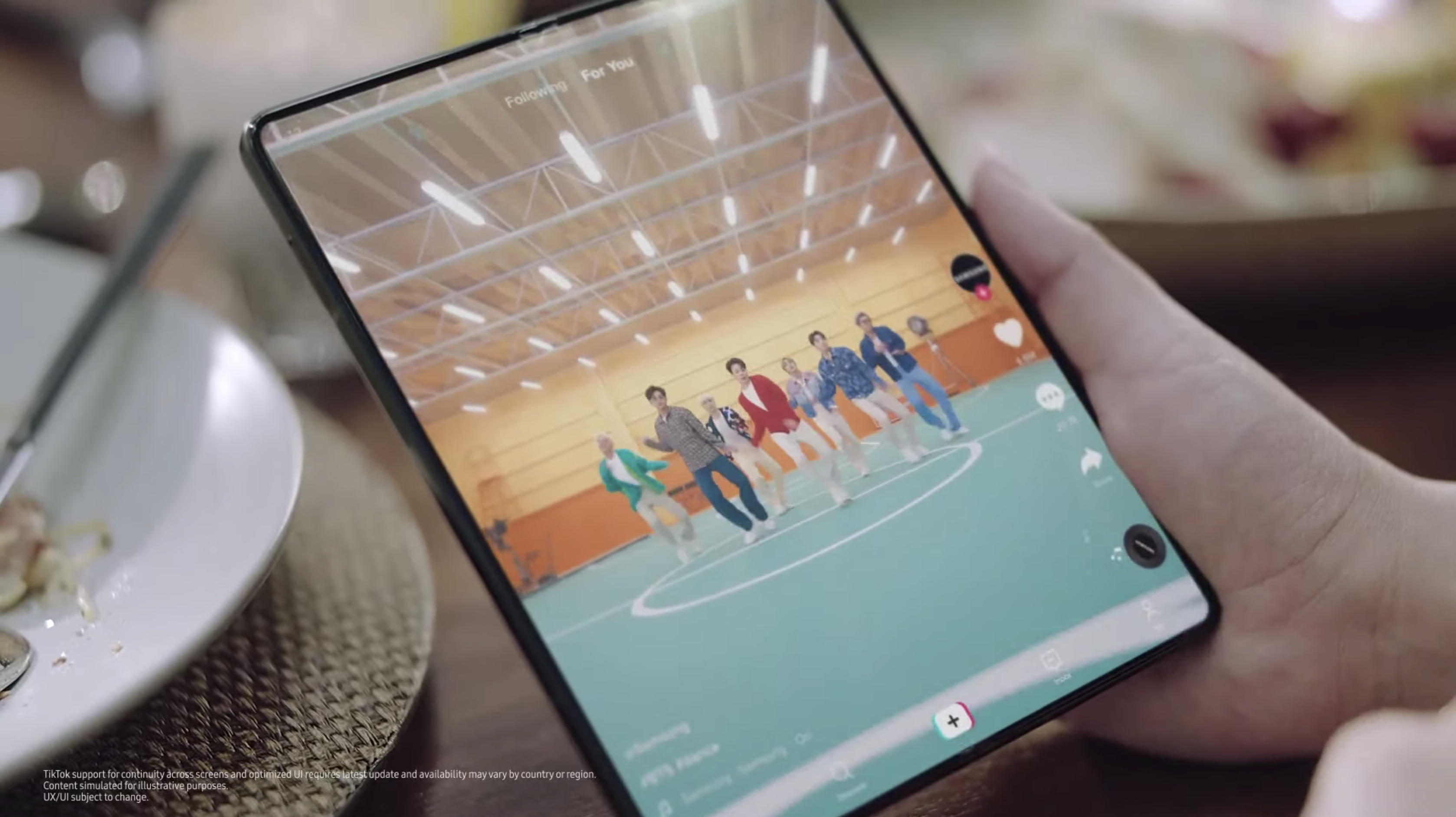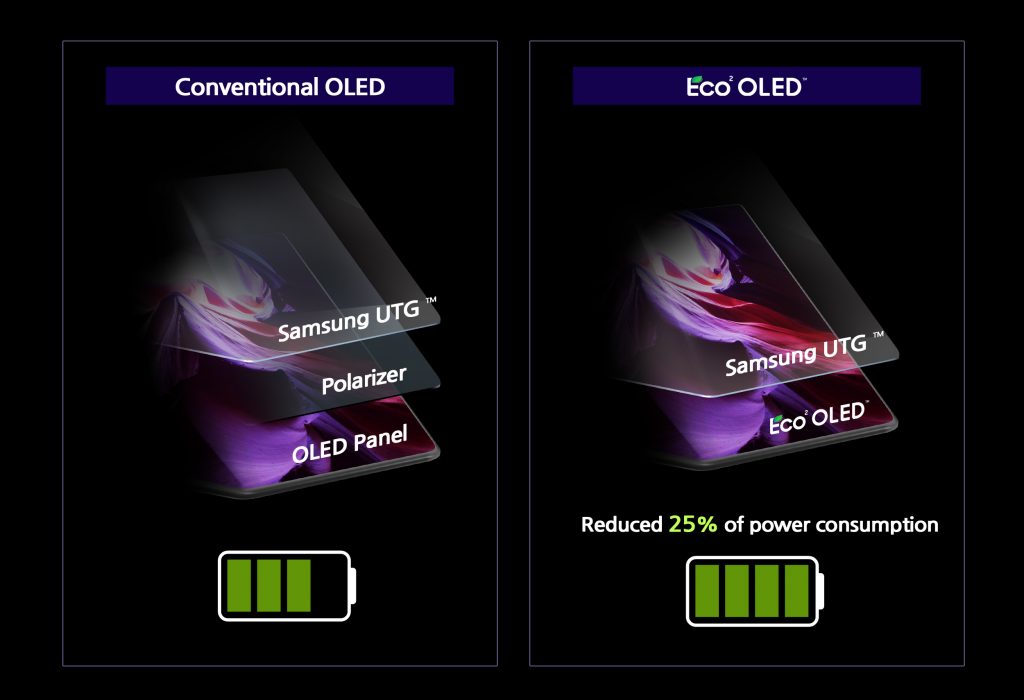Samsung Galaxy Z Fold 3's display consumes less power — here's how

The Samsung Galaxy Z Fold 3 is set to land in the hands of foldable fans later this month, and it's already looking to be one of the most hotly anticipated phones of the year. In the wake of last week's unveiling but ahead of the device's August 27 release, Samsung has revealed more info about the new kind of OLED screen that the foldable smartphone is packing. The Galaxy Z Fold 3 is the first device to include the low-power Eco2 (or "Eco Square") OLED screen.
That's what Samsung Display is touting in a news release about its latest folding phone at any rate. And the company went into greater detail about what's different with this particular screen.
- Samsung Galaxy Z Fold 3 review
- How to pre-order a Samsung Galaxy Z Fold 3
- Plus: Samsung hasn’t fixed the Galaxy Z Flip 3's biggest problem
Conventional OLED screens have three layers: the OLED panel, a polarizer and a glass layer. The polarizer's job is to reduce reflections, but it makes the screen thicker. It also dulls the screen’s brightness, so your device has to emit more light to compensate. That causes a greater strain on the battery.
With its latest display, Samsung has managed to ditch the polarizer. It used an "innovative pixel structure" to minimize reflections, negating the need for the middle layer of a traditional OLED. As such, Samsung claims the Eco2 OLED improves the transmittance (or brightness) rate by 33 percent, while reducing power consumption by up to 25% compared with previous displays.

It's worth noting that doesn't necessarily translate to the Galaxy Z Fold 3 having a 25% better battery life. There are still lots of other components that require power, not the least of which is the processor.
That may be why we've been disappointed by the Galaxy Z Fold 3's performance on our battery test, in which we have a phone continuously surf the web over cellular until it runs out of power. In early results, the Galaxy Z Fold 3 lasted less than 8 hours, which is well below average for a phone — and that was with the 7.6-inch display set to a 60Hz refresh rate. When the adaptive feature was turned on, the time dwindled to less than 7 hours. We're running additional tests to see what's up.
We can understand, then, why Samsung is looking for ways for its new foldable to consume less power, especially in light of the Galaxy Z Fold 3's smaller battery. (It's a 4,400 mAh power pack compared to the Z Fold 2's 4,500 mAh cell.) It's not exactly easy to cram a huge battery into a smartphone’s body, though. Making other elements more power efficient helps devices run for longer on a single charge, which is essential for foldable phones with larger displays than other handsets.
Get instant access to breaking news, the hottest reviews, great deals and helpful tips.
The new display has other benefits other than delivering a potential battery boost. Eliminating a layer from the display means that it uses less plastic. The lack of a polarizer is also a boon for the Z Fold 3's under-display camera, which can take in more light than it might otherwise. (And based on the results we've seen there, the camera needs all the help it can get.)
It seems likely that Samsung will use Eco2 OLED on future devices, though there's no word as yet on whether the just unveiled Galaxy Z Flip 3 is harnessing it. Still, you can see the display in action when the Galaxy Z Fold 3 arrives on August 27.

Kris writes about tech, streaming, games, esports, film and much more. He's a Scot who lives in Montreal with his partner and many, many plants.
